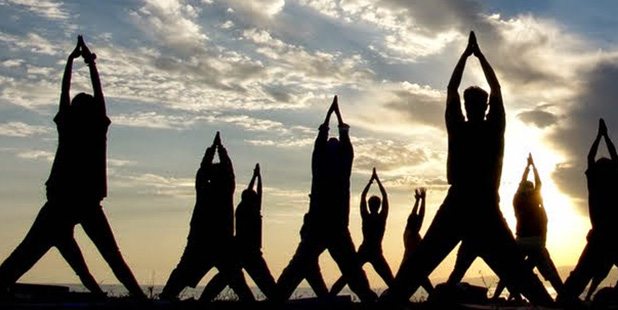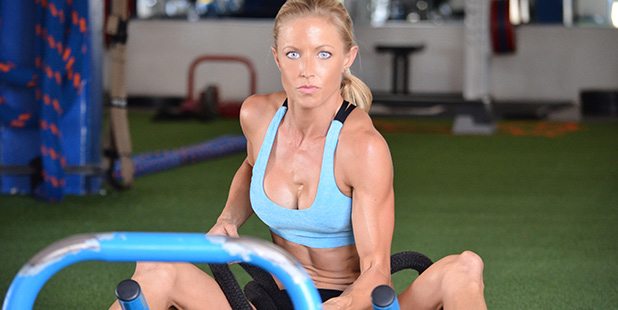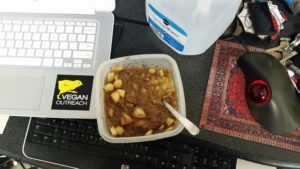While I truly love lifting weights and physical training, I believe it is crucial to adopt and internal practice that focuses on health and restoration as well.
I am going to present a series of blogs over the next few weeks or months about the practice of qigong. I believe in a holistic approach to health and fitness and qigong, along with meditation and my study of the internal martial art Taijiquan, has become a staple in my practice.
In this first post I want to introduce you to qigong and provide some background on the practice.
 Qigong (pronounced ‘chee gong’) is a form of exercise that is practiced by millions of people worldwide.
Qigong (pronounced ‘chee gong’) is a form of exercise that is practiced by millions of people worldwide.
What is qi? Before we define qigong we need to define qi. Qi (sometimes spelled chi), according to Chinese philosophy, is the circulating life energy thought to be inherent in all things. Qigong can literally be translated to “energy work”.
It originated over 4,000 years ago in China with it’s roots in the Chinese meditative practice of xing qi (circulating qi) and the gymnastic breathing exercise of tao yin (guiding and pulling).
Many recent studies have shown qigong to improve the quality of life in cancer patients, fight depression, improve balance, improve blood pressure, and improve overall health. Despite these studies many scientists claim it is still too early to make any definitive claims due to the lack of larger, more well-designed studies to substantiate these claims.
While there may not be enough evidence to convince many modern scientists, much of the research is substantiating what many highly qualified qigong teachers and practitioners have already known and discovered through their own practice; that qigong has a very positive effect on health.
At the University of Texas MD Anderson Cancer Center in Houston a team of scientists and researchers studied 96 women undergoing radiation treatment for breast cancer. They found a significant reduction in depression in women who took 5 weekly classes of qigong compared with the control group that didn’t take any classes. Among those who were depressed at the start of the trial, fatigue was lessened and overall quality of life improved. (Click here to read more about this study.)
Many people often confuse the practice of Taijiquan (or Tai Chi Chuan) with qigong. Taiji is an internal form of Kung Fu which incorporates mind-body principles into a martial art and exercise for health. In order for a practitioner to get the most out of their study of Taiji they need to have a very good understanding of qigong and know how to apply qigong principles to their martial art practice.
I sometimes think that when people pursue Taijiquan strictly for health benefits, what they are really after is qigong. Taiji takes many years of study and practice with a qualified teacher as the forms can be quite intricate and challenging to learn. There have been some simplified forms created to make Taiji practice more accessible, but to get the most out of Taiji it is best to approach it both as a martial art and health practice after learning the fundamentals of qigong.
On the other hand qigong can be very easy to learn and the student will begin to see the benefits much more quickly. If your goal is strictly health related without any interest in the martial arts, qigong will provide everything you need.
I hope you have enjoyed this introduction to qigong and in part two of this series we will look at the various applications and styles of the art.




